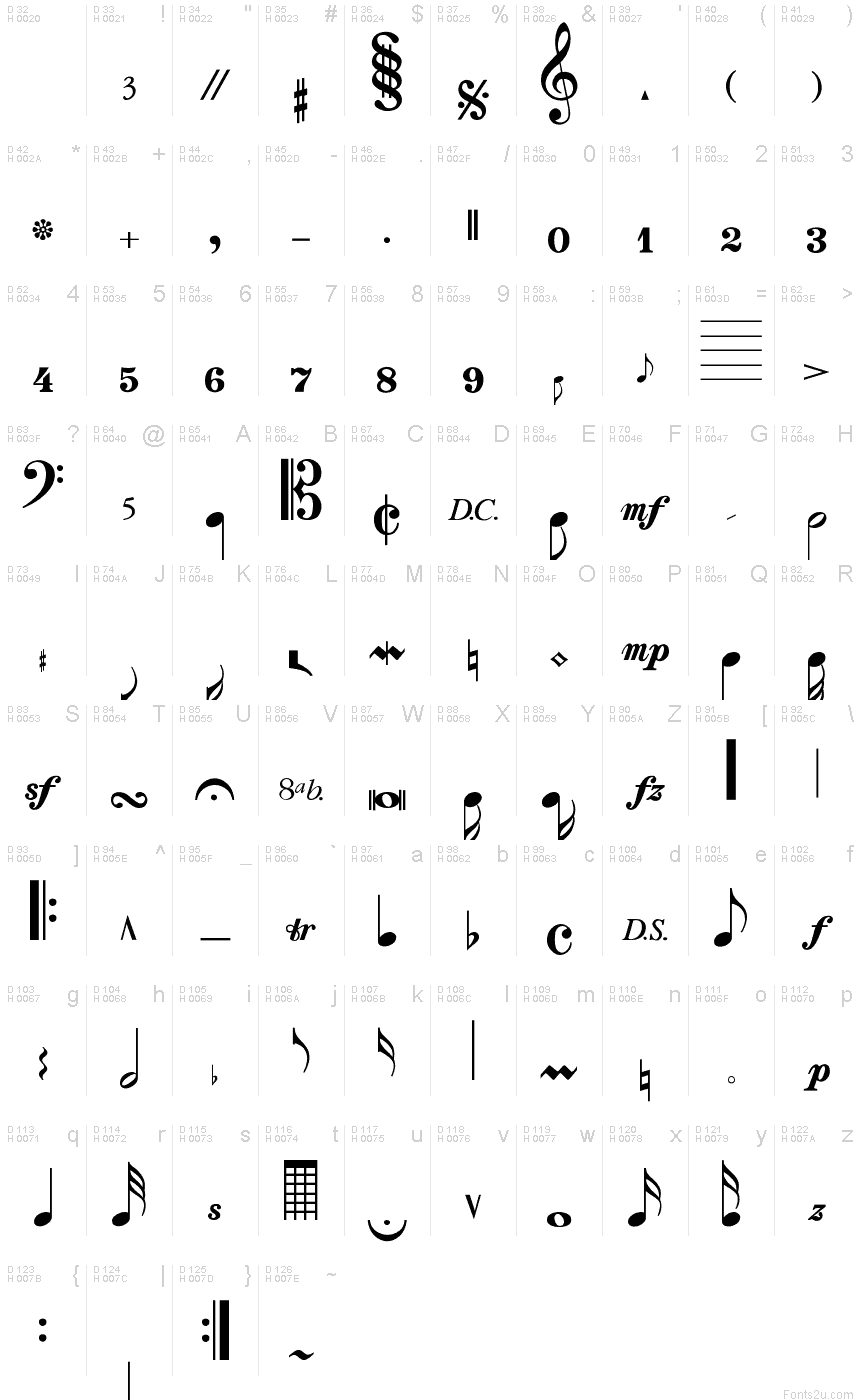
- #Adobe sonata font pdf#
- #Adobe sonata font install#
- #Adobe sonata font software#
- #Adobe sonata font download#
- #Adobe sonata font mac#
A character map is a chart that shows all the characters of a font, and if you are lucky, where they are all located!
#Adobe sonata font pdf#
Character Mapsįor some of the fonts listed below, you will find character maps available to view on the website or as a pdf download. So, how do you know where the characters you need are? This is where character maps come in. To insert the Yen symbol, normally you have to go to “Insert A Symbol” in Microsoft Word because it’s deep in the font somewhere. For example, the currency symbol for Yen could be the barline. Besides, many of the characters you might need are not represented by the buttons on your keyboard. You can guess and begin to memorize where the various notes/symbols are, but that is time-consuming and somewhat impractical.
#Adobe sonata font software#
If you open a new document in Microsoft Word (or whatever word processing software you use), select a music font, and press some random letters of the alphabet, you will see some of the symbols contained in the font. Once the music font is installed on your computer, it’s a little bit tricky to figure out where the various notes/symbols are located within the font.
#Adobe sonata font install#
It’s pretty easy to install fonts, but you can find tutorials online that can lead you through the process if you need some help (just Google it).

#Adobe sonata font download#
Then you must download and install them onto your computer. If you don’t have any music fonts on your computer, you can find them online.
#Adobe sonata font mac#
If you own a music engraving software like Finale or Sibelius, then guess what: You already have music fonts on your computer! Using Fontbook (on Mac computers) or “Fonts” in the Control Panel (PCs), you can view all the fonts installed on your computer. This post will attempt to demystify the process and point you to some links and resources. However, using music fonts is a little more complicated than you might think. The great thing about using music fonts is that anyone can use them, without having to buy an expensive program like Finale. Finally, here it is! If you have been wondering how you can create your own music worksheets/resources, this guide will help you get started.įor my worksheets/materials, I use graphics exported from Finale about 30% of the time, and music fonts the other 70% of the time. 50, 61, 102-103.I’ve been wanting to write a post about using music fonts for a long time. 50, 95-97.ĭirectory of Computer Assisted Research in Musicology, 1989, p. 172.ĭirectory of Computer Assisted Research in Musicology, 1988, p. References to the software appeared in the following sources: The programs were used to typeset musical examples for journals, self-published editions, papers, and a few textbooks. Development of the programs ceased in 1989. With the proliferation of MIDI and the introduction of the Finale program in the late 1980s, the economy of the "music typewriter" interface ceased to compensate for its clumsiness. PostScript printing was accomplished using Adobe's Sonata font and custom characters. These programs produced both compressed bitmap files (MacPaint) and PostScript files. Slurs, ties, hair-pin dynamics, and text were placed with the mouse by the user but were calculated and drawn by the computer. Composite rhythm and rhythmic placement were determined by the user but were calculated by the computer. Beamed groupings were determined by the user but were drawn automatically. Vertical pitch placement was determined by "pitch keys." Placement of ledger lines, flags, accents, etc. These applications transformed the computer into an "intelligent music typewriter." The keys of the computer keyboard were remapped with music symbols.



 0 kommentar(er)
0 kommentar(er)
